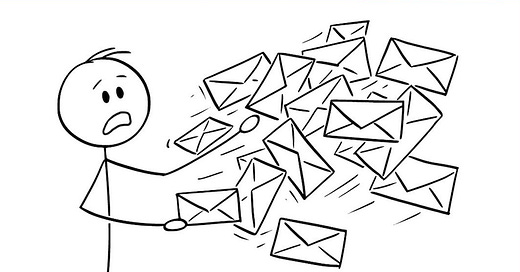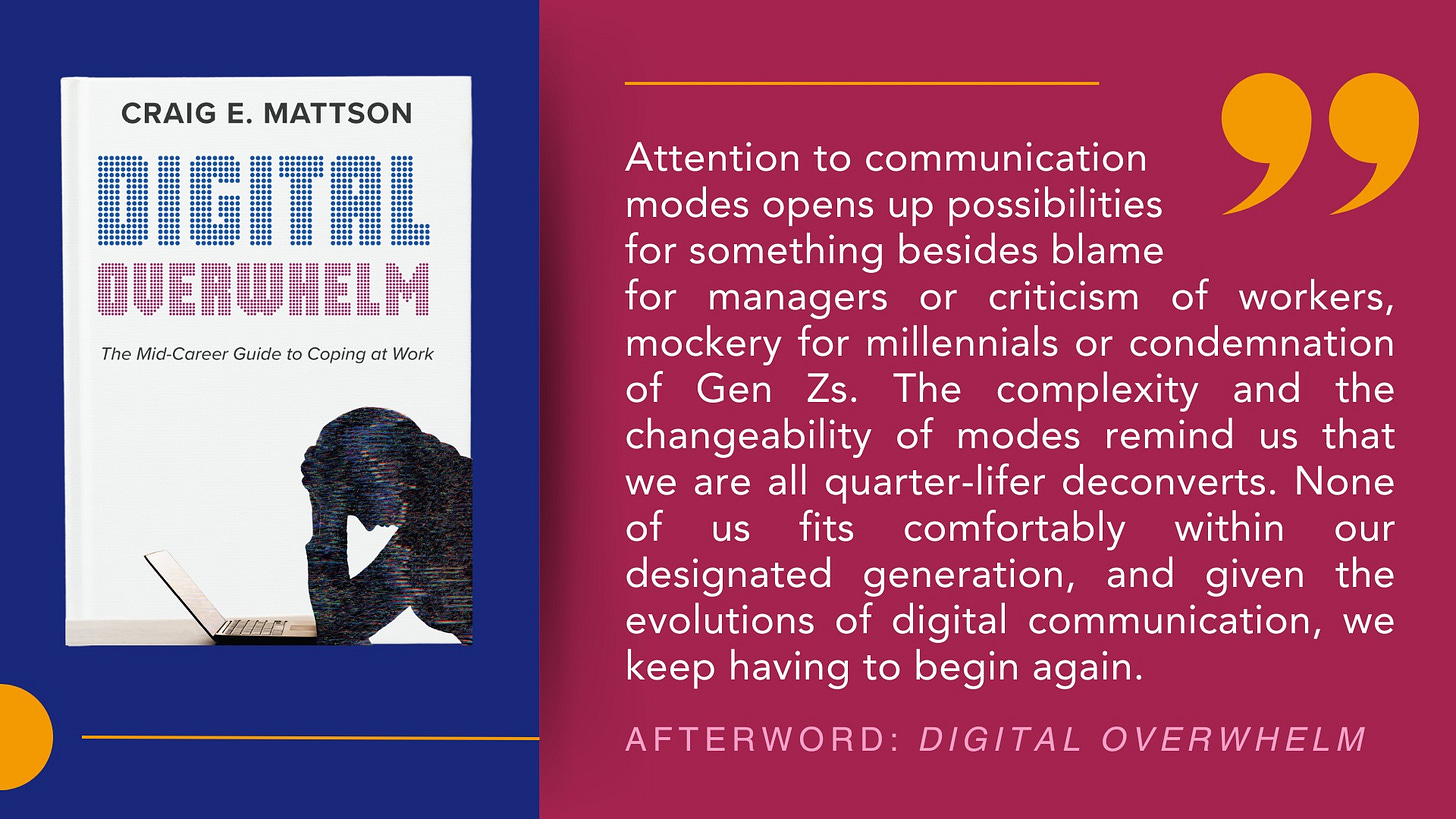Each week, the Mode/Switch drops a Trend, a Study, a Tale, and a Switch so you can convert the pressures of work into something livable, workable, and shareable.
But there’s a paradox in this project. You feel the pressure of All. The. Email. And how do I offer to help? By compounding the pressure with yet another email in your inbox.
Sheesh.
But wait! This week’s skim offers a way out. Read this—it’ll take you 4.2994 minutes—and it’ll launch out of your inbox and into the wide open spaces of a book.
A Trend
You’ve heard of slow food, slow fashion, slow gaming, and a hundred other expressions of slow culture. But what about slow email? Email minimalist Cal Newport identifies the problem with email this way: no friction. Sending an email’s too easy, too fast, too effortless. We haven’t evolved to survive all that unhindered messaging. Responding to this odd crisis, a bunch of apps such as Pony Messenger, Slowly, and Mail Goggles seek electronic solutions to electronic problems. And, yes, that last one’s designed to keep you from emailing while buzzed.
A Study
If you open Google Scholar and type in the word “email” looking for social science on this omnipresent mode of digital communication, you’ll get a list of suggestions for what word should come next in your search term: email marketing, email security, email etiquette, and so forth. But you know what tops out the list? Email overwhelm. Which is why I’m encouraging you to finish this newsletter and order my new book, Digital Overwhelm. Check out Chapter 2 especially: a discussion of approaches to email, including a machine approach and a relational approach. (I’m in favor of Option B.) You’ll pick up some communication theory and learn some of my life story. Mostly, though, you’ll find an emailing practice that’s slower and wiser.
A Tale
Here’s a story from that there book. I dunno, maybe 8 years into my second career, I was professionally overwhelmed enough that I dumped all my filing cabinets and desk drawers on my office floor: manila folders, stray essays, magazines, receipts, binders, batteries, a floppy disk, and mechanical pencils I never use. Some people climb a mountain to find spiritual freedom. Not me. I processed my mountain of stuff piece by piece. And then, halfway through the mess, someone knocked on my office door. Prying it open a few inches, I peered out, feeling like a grumpy monk interrupted at prayers. The visitor caught sight of my heap and backed away. I shut the door and turned again to the mess, determined to turn my office into a tabernacle of efficient yield.
But you know what wasn’t on that office pile? Email. As it turns out, to deal with email I needed a mode switch. (Have I mentioned a book that tells how to make this switch?)
And a Switch
I’d like to propose a shift in email behavior from viewing to voicing. Email, like so much of contemporary business culture, is a visual medium. Let’s make it vocal. Here’s how. When you read an email, and even more when you write an email, go ahead and mutter it aloud. Seriously. Use your lungs, your vocal folds, and let that email strike your soft palate and slip out between your teeth and lips. Doing that, at least some of the time—every third message?—will help you make the mode/switch from just looking at messages (checking it on your watch, glancing at it on your phone, staring at your laptop screen) to speaking messages. And voicing your messaging is a deeply relational move.
Oh, by the way, Chapter 2.5 of my new book tells you how to do this. My book has only 7 chapters, so it’s a manageable read. But each is followed by a half chapter with a Mode/Switch Workshop. Chapter 2.5, for example, “How to Email Like You Talk,” will help you shift thought and action towards treating email as relational gift.
Wait, are you still reading this newsletter?
I’m happy to say you can stop skimming now. Go buy this book and find out just how much room there is in the world outside your inbox.







